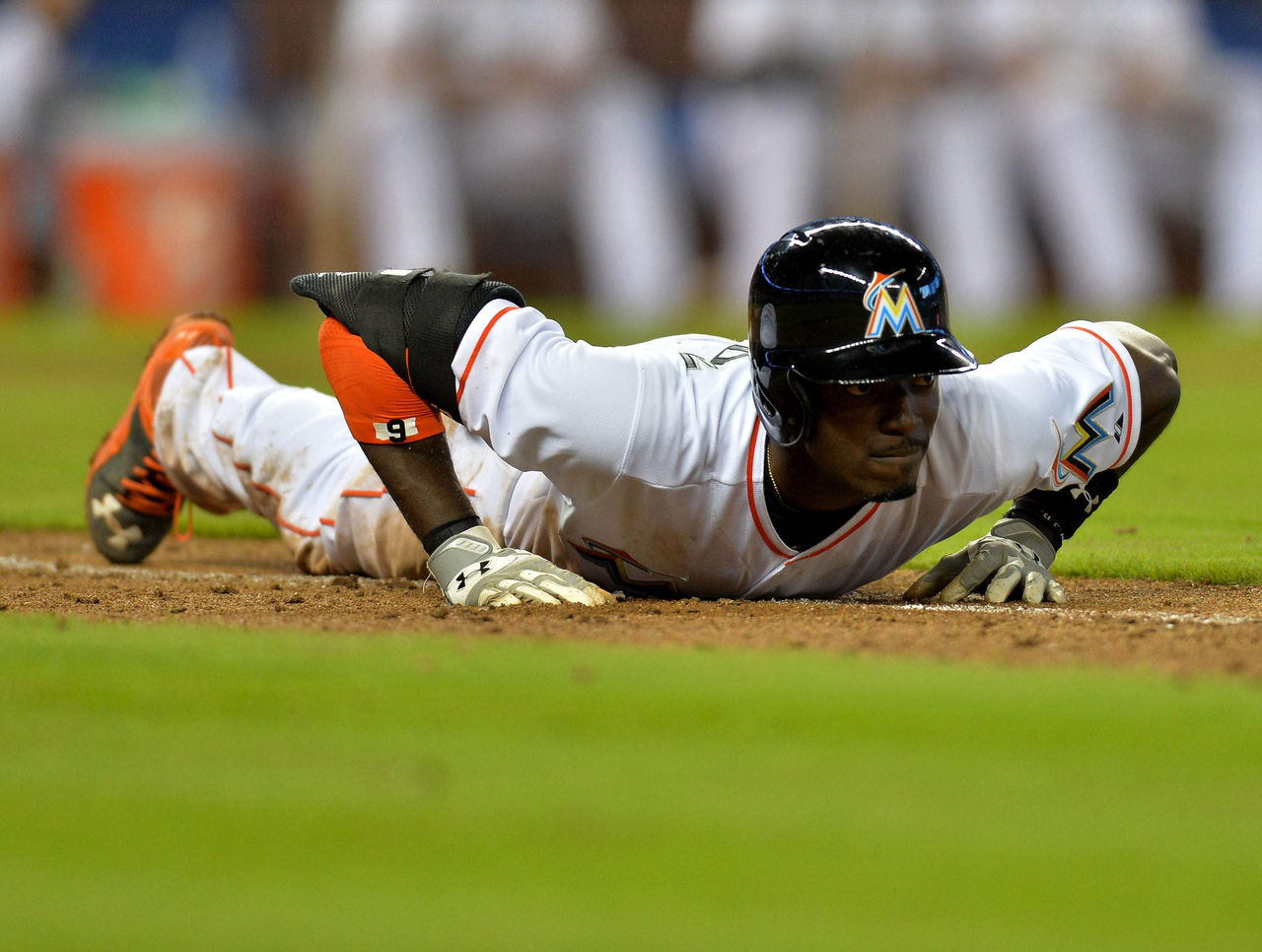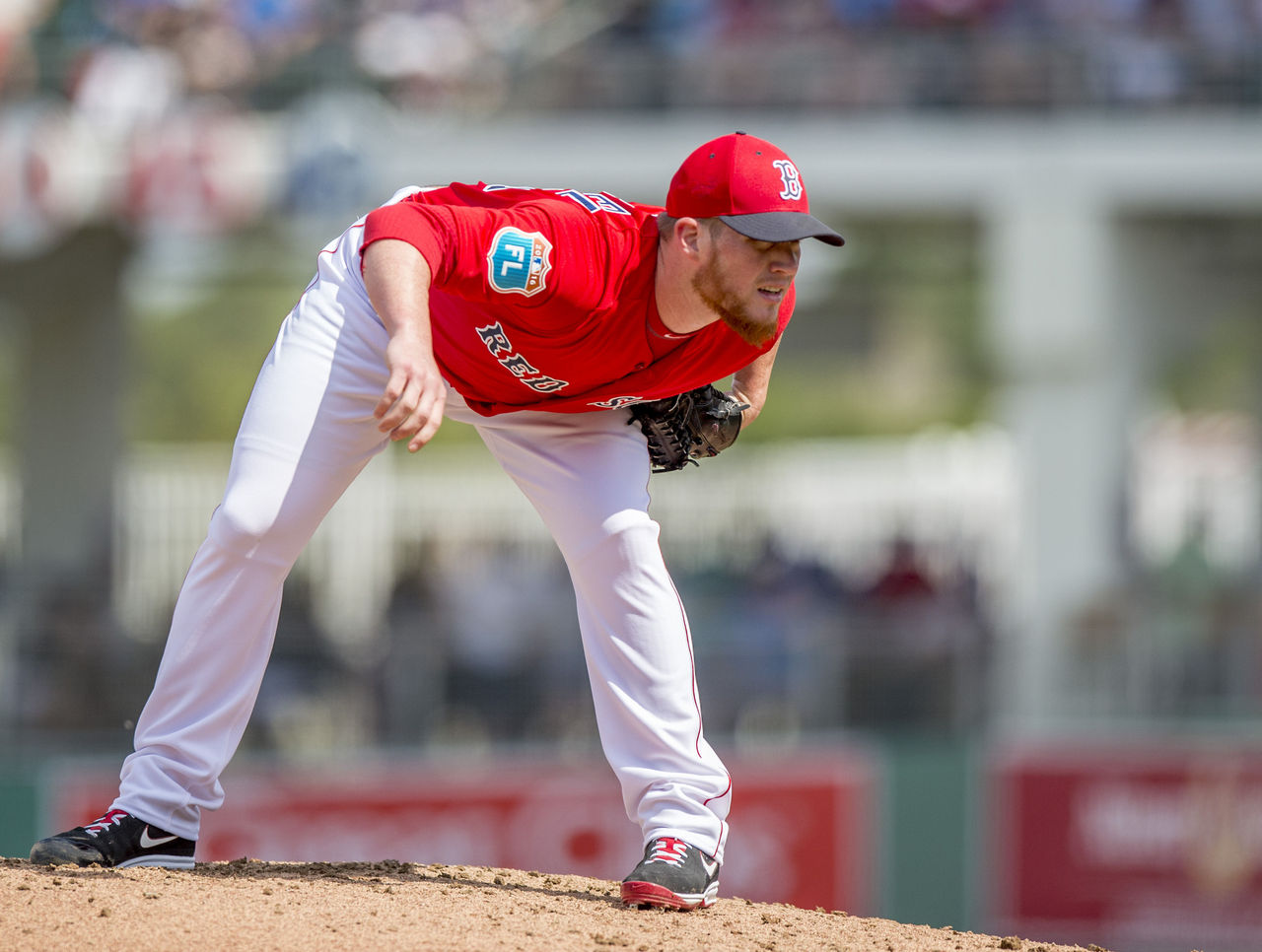The Art of the Fade: Punting Categories in Roto and Head-to-Head Leagues
The majority of fantasy baseball leagues - at least those used by beginners - follow a standard 5x5 format, consisting of five hitting categories and five pitching categories. Hitters are responsible for compiling runs, RBIs, home runs, steals and a high batting average. Pitchers are rated with regard to wins, saves, strikeouts, WHIP and ERA.
In any fantasy league, there are three ways for owners to go about finding consistent, balanced, and elite production in all 10 categories throughout the course of a single season: the draft, the waiver wire and trades. With the draft representing only one part of an owner's road to a fantasy championship, it creates plenty of options for roster construction.
Most owners like to come away from the draft with a well-balanced lineup, but it's far from the only option. Going into the draft with the mindset of loading up on certain categories while fading more volatile ones can set the table for future trades, and make it easier to target certain free agents on waivers.
Fading categories in head-to-head can be especially beneficial. Willingly losing one category while aiming to win at least six of the remaining nine still equals a net win for the week.
Rotisserie leagues are slightly more difficult. In a 12-team league, finishing first in any one category is good for 12 points, while finishing last results in just one point. It's difficult to win a league while finishing in the bottom half of competitors in any one category. Still, categories can be faded at draft time and addressed throughout the course of the fantasy season.

Hitter Categories to Fade
Of the standard five hitter categories, stolen bases is the only one which doesn't correlate with any other category. One home run equals one run and one RBI at minimum.
Quicker players who steal bases can score more runs in ideal situations, but players like Cincinnati Reds OF Billy Hamilton and Miami Marlins 2B Dee Gordon won't necessarily do so in their respective teams' subpar lineups.
Home run hitters who also steal bases represent a small pool of players. Arizona Diamondbacks 1B Paul Goldschmidt and Chicago Cubs 1B Anthony Rizzo displayed above-average base stealing ability in 2015 on top of their massive power numbers.
Steals can also be found on the waiver wire. Many teams keep a base stealing threat as a bench option. These players could gain regular playing time in the event of an injury to an every-day position player.
This will allow owners in rotisserie leagues to remain competitive in the category. It also provides a few options for owners in head-to-head leagues looking to bolster their lineup in the event they finish a few steals behind their competition every week.
Batting average can also be faded in favor of power. With few exceptions - Goldschmidt, Mike Trout, Miguel Cabrera, Joey Votto etc. - it's rare to find an elite home run hitter who also has the ability to hit for a high batting average. Exhibit A: Baltimore Orioles 1B/OF Chris Davis.
Davis has led the league in home runs two of the past three seasons, but he's hit for a paltry .252 average over that time. He has also scored 268 runs and driven in 327 runs, offering elite production in three categories. As a result, owners should be willing to sacrifice his poor average.
Average should only be faded in head-to-head leagues, as it's incredibly rare to find players with a quality average on the waiver wire. Elite prospects like Houston Astros SS Carlos Correa and Los Angeles Dodgers SS Corey Seager don't come around every season, and when they do, it may be late in the fantasy campaign. A quality average is a must coming out of drafts in rotisserie leagues.

Pitcher Categories to Fade
A strong ERA is usually accompanied by a quality WHIP. Pitchers with a good ERA and WHIP typically rack up adequate strikeout totals in the process. Providing such a pitcher plays for a team with an average or better offense, wins will follow suit. This leaves saves.
Owners should be wary of drafting closers. Of the five relievers with 40 or more saves last season, only two pitched 70-plus innings. That usage makes it difficult for them to make noticeable contributions in the other pitching categories. For this reason it doesn't make sense to pay an elite price for a closer with a quality starting pitcher still on the board.
As was the case with Minnesota Twins RP Glen Perkins and Detroit Tigers RP Joakim Soria last season, a closer's team failing to live up to expectations and provide enough save opportunities can have a very damaging affect on their fantasy return.
Another reason is positional turnover. Five of the top 12 saves leaders last season didn't begin the year in their team's closer role. They came into the job due to the injury, suspension (in the case of New York Mets RP Jeurys Familia) or poor performance of a teammate. Plenty of options for saves emerge throughout the season as closer roles open up.
Owners in both head-to-head and rotisserie leagues who monitor MLB news and jump to the waiver wire to pick up the next-best candidate can quickly rise to the top of the saves category.
Instead of using high draft picks on "sure-fire closers," owners should instead target middle relievers with high K/9 and K/BB ratios who play for teams with potential closer openings later in the draft.
HEADLINES
- Bears' Odunze, Gordon poised to return for wild-card game
- Saints GM Loomis high on Shough, noncommittal on aging veterans
- Mammoth hosting Avalanche in 2027 Winter Classic at Rice-Eccles Stadium
- Jerry Jones aims to retire with most Super Bowl victories
- Heat guarantee final $1.7M of Rozier's contract, could seek trade